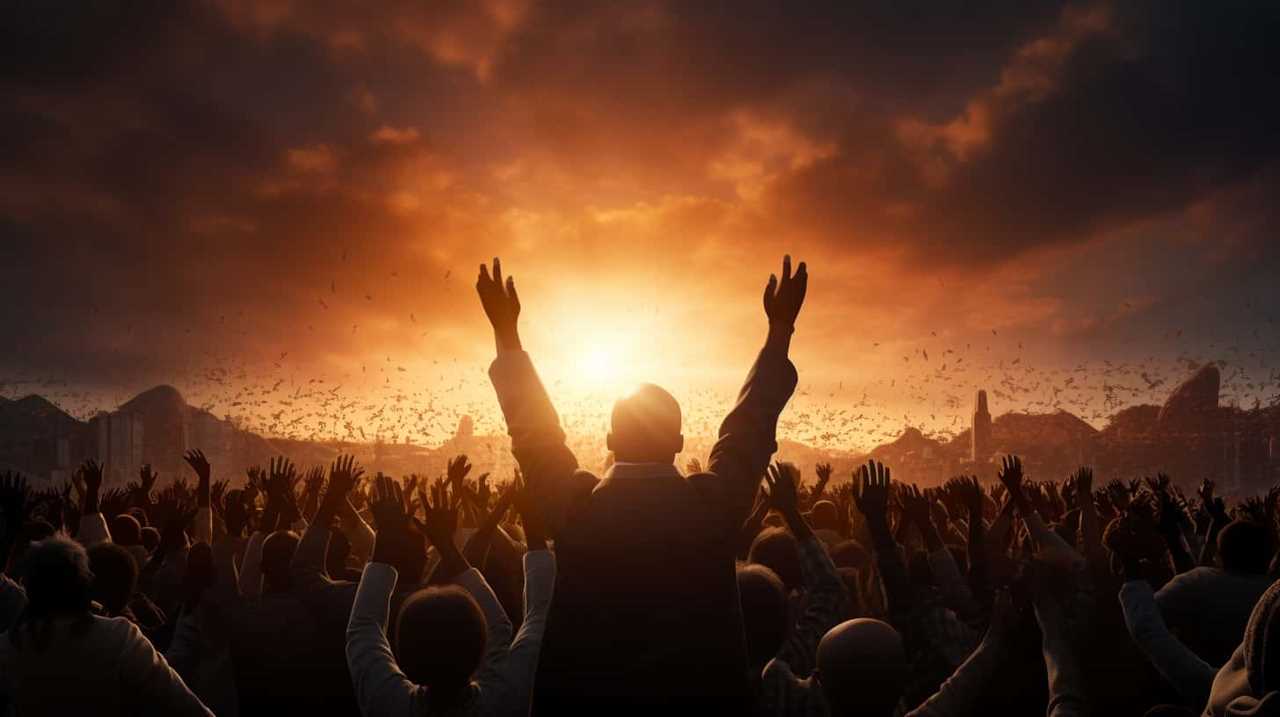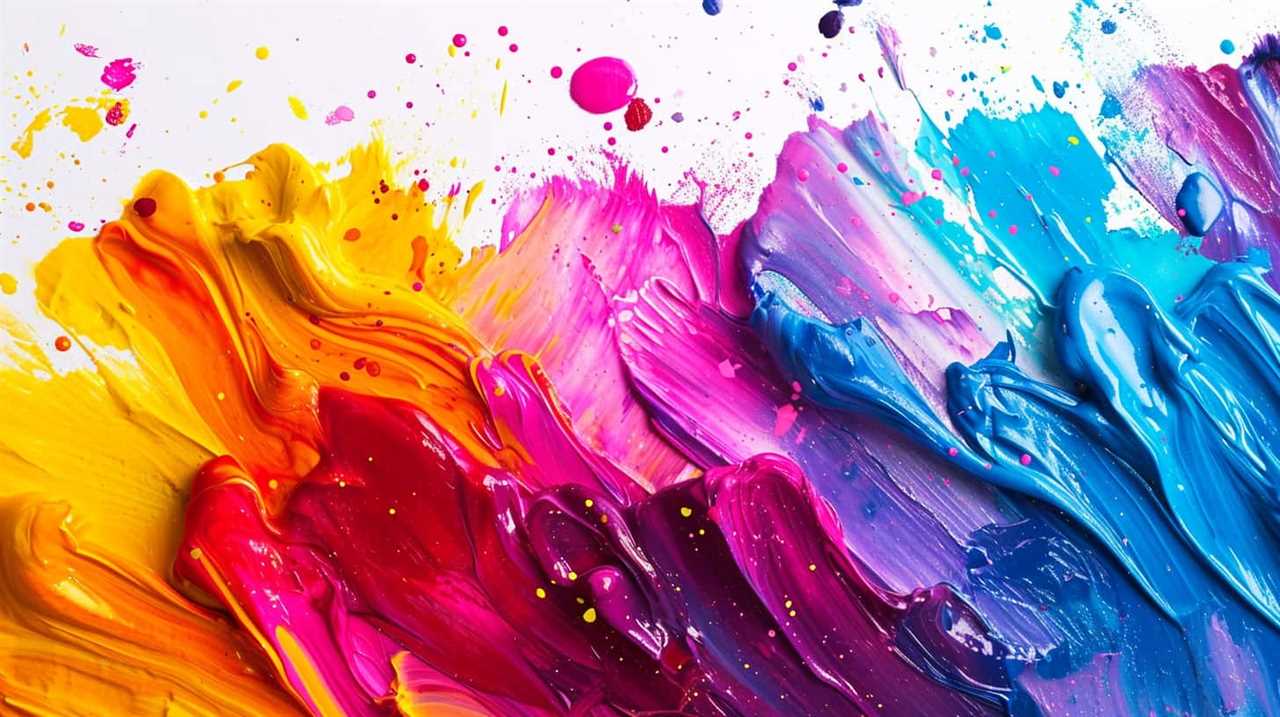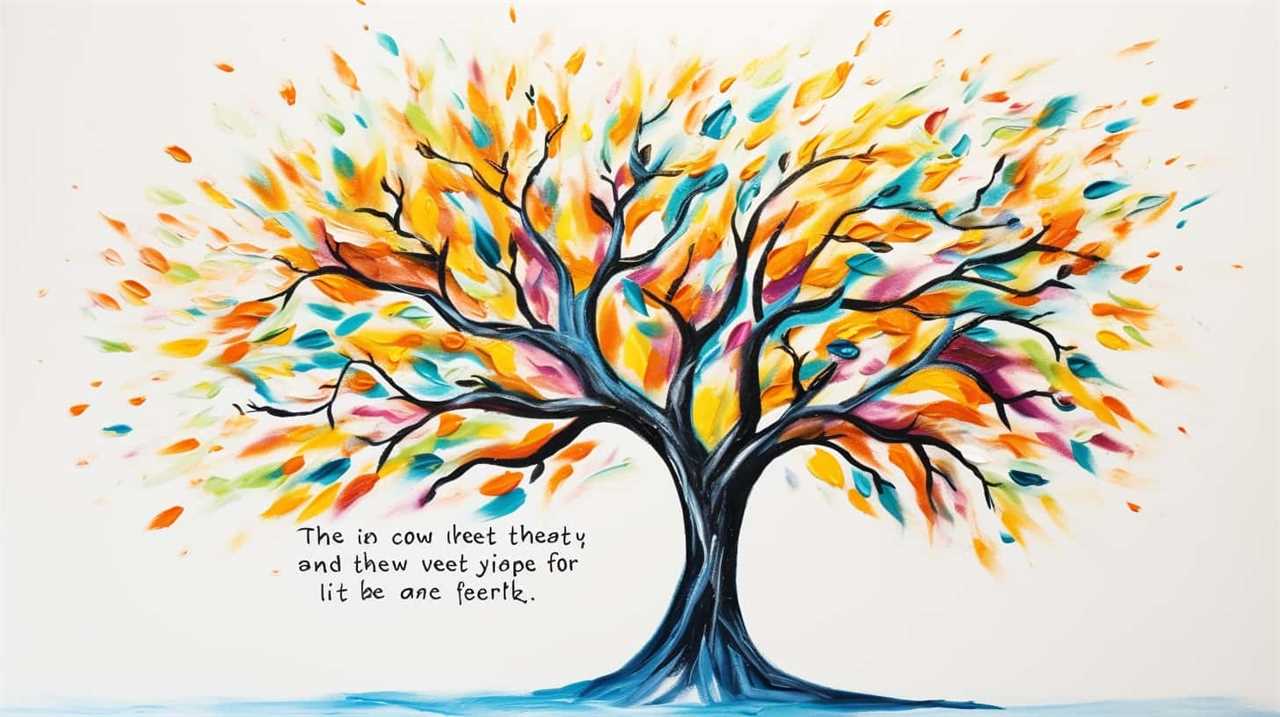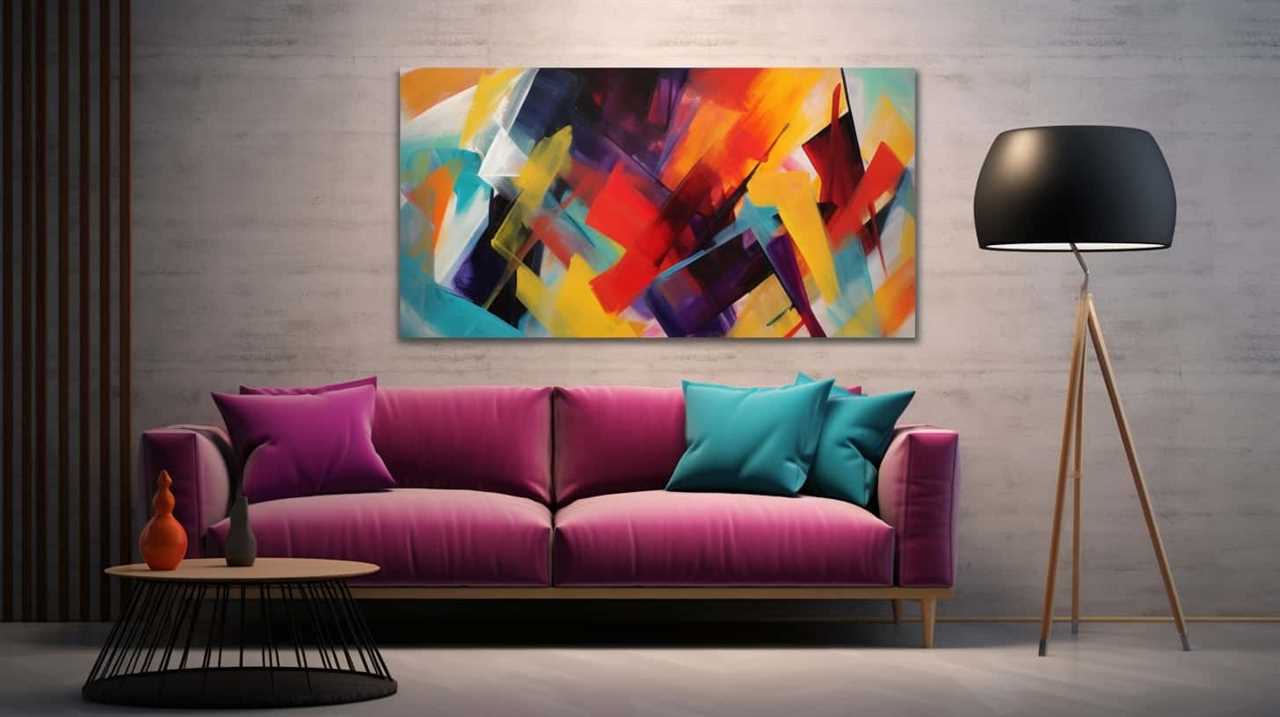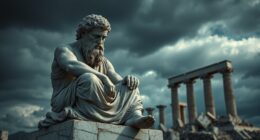Welcome, my fellow freedom seekers!
In our quest for change, we are often inspired by the voices that challenge the status quo and ignite the flames of revolution.
Join us as we embark on a journey through ‘Voices of Change: 11 Stirring Political Quotes.’ In this collection, we will delve into the profound words of visionary artists, activists, and thinkers who have used their voices to shake the foundations of power and demand justice.
From the provocative statements of Banksy to the empowering insights of Yoko Ono, these quotes serve as a rallying cry for those who yearn for a world where freedom and equality reign supreme.

Let their words fuel our passion and ignite the fire of change within us all.
Key Takeaways
- Artists like Banksy, Ai Weiwei, Shepard Fairey, and Yoko Ono see art as a powerful tool for political activism and resistance.
- Art has the ability to challenge societal norms, shape public discourse, and promote social justice and equality.
- Creative activism, through art, can ignite social movements, disrupt power structures, and give voice to marginalized communities.
- Art empowers marginalized voices, allows them to express their experiences, challenge dominant narratives, and inspire collective action.
Banksy on Political Activism
One of the most powerful quotes on political activism comes from Banksy, the anonymous street artist, who said, ‘We can’t do anything to change the world until capitalism crumbles.’
Banksy’s art has become synonymous with political graffiti and street art, serving as a form of activism and political statement. His works aren’t mere decorations; they’re bold and thought-provoking pieces of political art that challenge societal norms and inspire social change.
Banksy’s use of street art as a tool for political resistance and social commentary is a testament to the power of art as protest. Through his art, he expresses political dissent and sheds light on various social issues, from inequality and consumerism to war and corruption. By placing his politically charged artwork in public spaces, Banksy confronts the masses with his messages, creating a platform for dialogue and inspiring others to question the status quo.
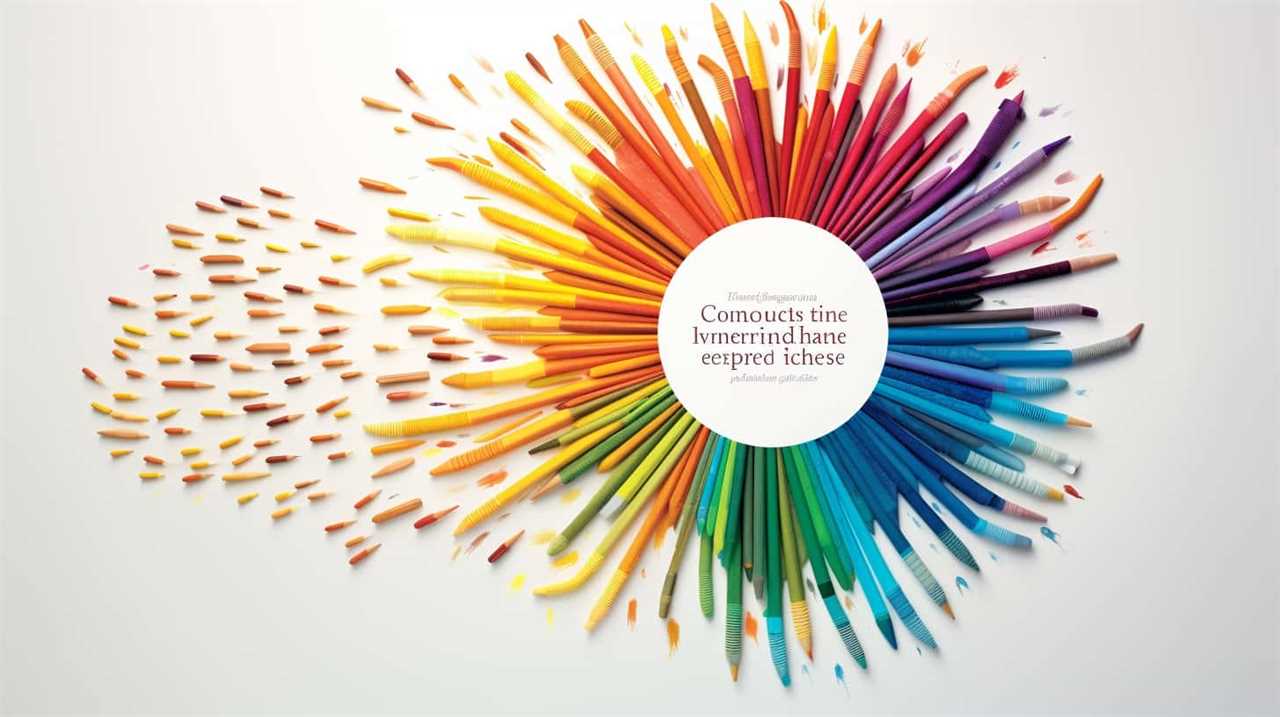
Banksy’s art captures the attention of the public, provoking both admiration and controversy. His anonymity adds an air of mystery and intrigue to his work, allowing people to focus on the message rather than the artist behind it. This anonymity also shields Banksy from potential repercussions, enabling him to continue pushing boundaries and challenging authority through his art.
Ai Weiwei on Art as a Political Weapon
Continuing from Banksy’s perspective on political activism, our exploration now turns to Ai Weiwei’s perspective on art as a political weapon. Ai Weiwei, a renowned Chinese artist and activist, firmly believes in the power of art as cultural resistance. He recognizes that art can serve as a platform to amplify the voices of marginalized communities and challenge oppressive systems.
Ai Weiwei’s works often confront political and social issues, shedding light on human rights abuses and government censorship. Through his art, he aims to provoke thought, spark conversations, and ultimately drive social change. His installations, sculptures, and photographs act as a powerful tool to challenge the status quo and bring attention to the struggles of those who are marginalized.
To better understand Ai Weiwei’s perspective, let’s examine the role of art in amplifying marginalized voices through the following table:
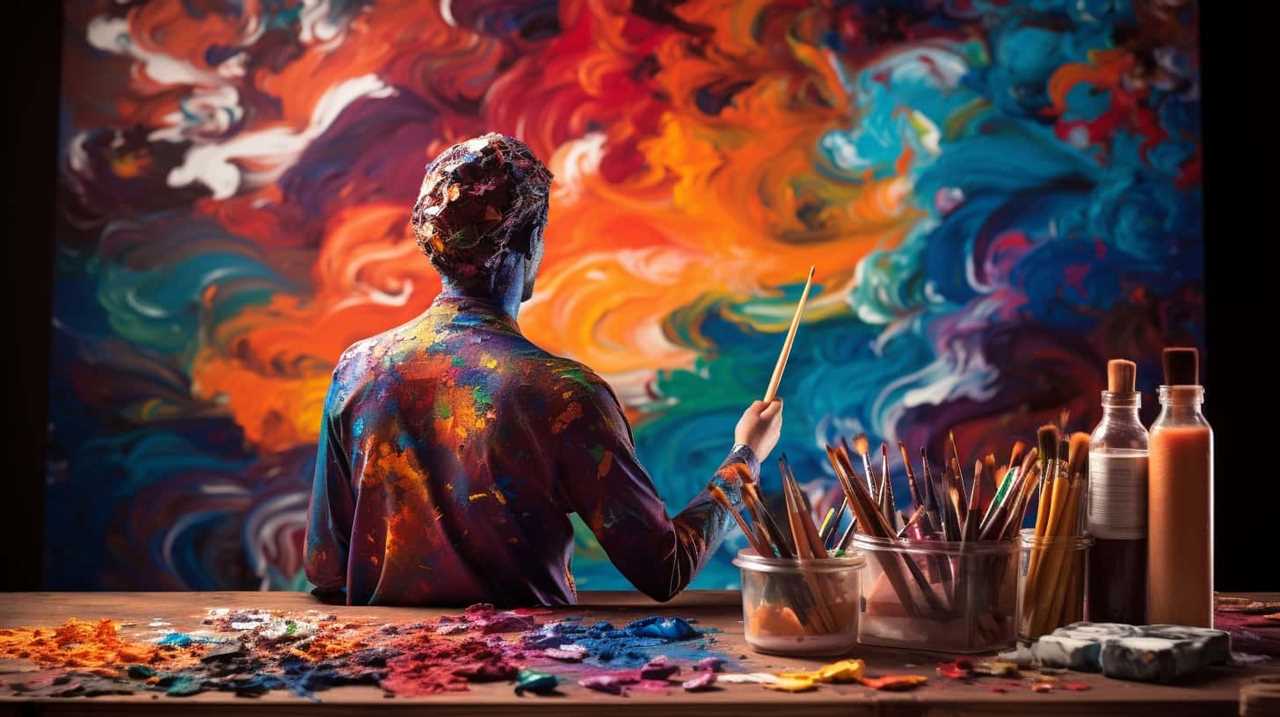
| Art as Cultural Resistance | The Role of Art in Amplifying Marginalized Voices |
|---|---|
| Challenges oppressive systems | Gives voice to the marginalized |
| Provokes thought and action | Raises awareness about social issues |
| Sparks conversations | Empowers individuals to tell their stories |
Ai Weiwei’s belief in the transformative power of art aligns with the aspirations of those seeking liberation. Through his art, he continues to inspire and encourage others to challenge injustice and fight for a more just and equitable society.
Transitioning into the subsequent section about Shepard Fairey on art and social change, we delve into another artist’s perspective on the intersection of art and activism.
Shepard Fairey on Art and Social Change
Moving on from Ai Weiwei’s perspective, we now dive into Shepard Fairey’s thoughts on the intersection of art and social change. Fairey, a renowned street artist and activist, has made a significant impact on the art world with his powerful imagery and thought-provoking messages. His work often addresses social and political issues, serving as a catalyst for change.
Fairey believes that art has the power to inspire and mobilize people, making it a potent tool for social change. Through his iconic ‘Hope’ poster, created for Barack Obama’s presidential campaign, Fairey demonstrated the ability of art to capture the attention and imagination of the masses. The poster became a symbol of hope, unity, and progress, sparking a sense of empowerment among its viewers.

In addition to his artwork, Fairey actively engages in activism and advocacy. He uses his platform to raise awareness about various social justice issues, including income inequality, climate change, and racial injustice. Fairey’s impact extends beyond the art world, as he encourages individuals to take action and make a difference in their communities.
Through his art and activism, Shepard Fairey has demonstrated that art can be a powerful force for social change. His work serves as a reminder of the importance of creative expression and its ability to challenge societal norms, inspire dialogue, and ultimately bring about lasting transformation.
Yoko Ono on Artistic Freedom and Political Expression
Yoko Ono’s perspective on artistic freedom and political expression is a thought-provoking topic that raises several important points.
One such point is the idea of art as a powerful form of political protest, capable of challenging and disrupting societal norms.
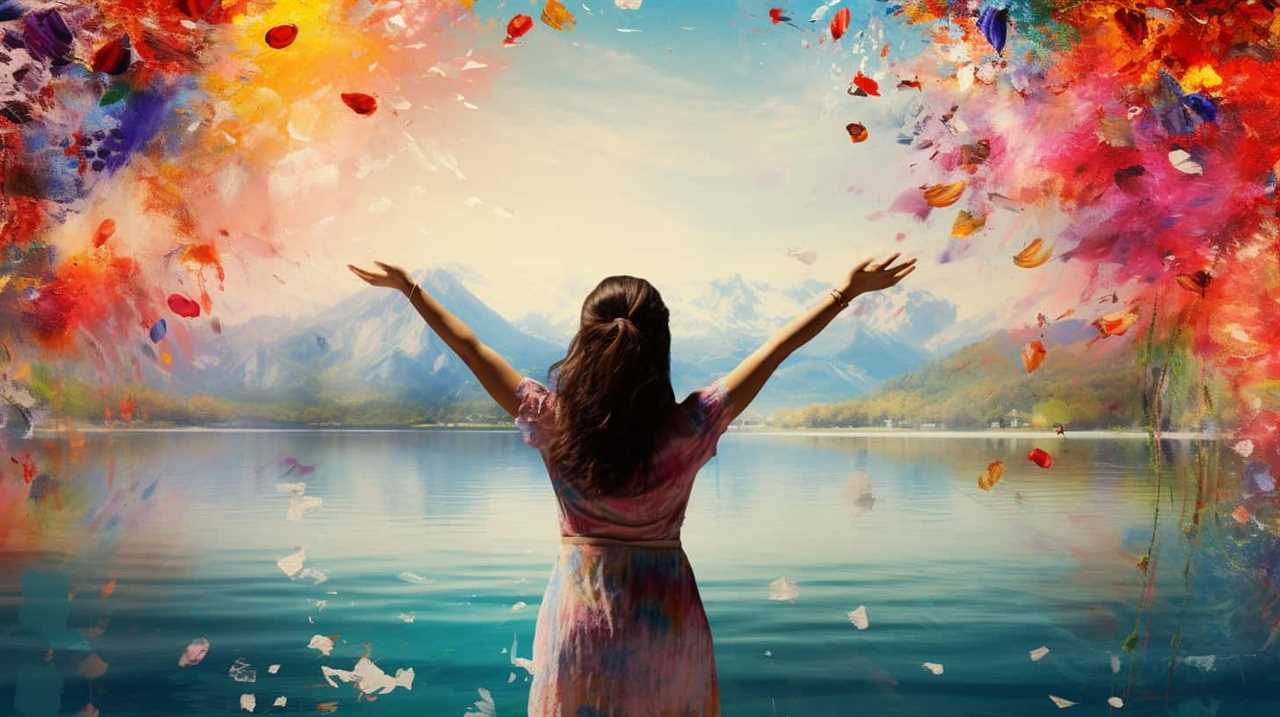
Additionally, Ono’s views invite us to consider the boundaries of artistic expression and the impact that creative activism can have on shaping public discourse and promoting social change.
Exploring these points not only deepens our understanding of the intersection of art and politics but also encourages us to reflect on the role of artists in shaping our collective consciousness.
Art as Political Protest
In our exploration of art as political protest, we delve into Yoko Ono’s perspective on the significance of artistic freedom and its role in expressing political ideas.
Yoko Ono, a renowned artist and activist, believes that the boundaries of artistic expression should be pushed in order to challenge societal norms and bring about change. She sees art as a powerful tool for creative activism, capable of inspiring and mobilizing individuals to question the status quo.
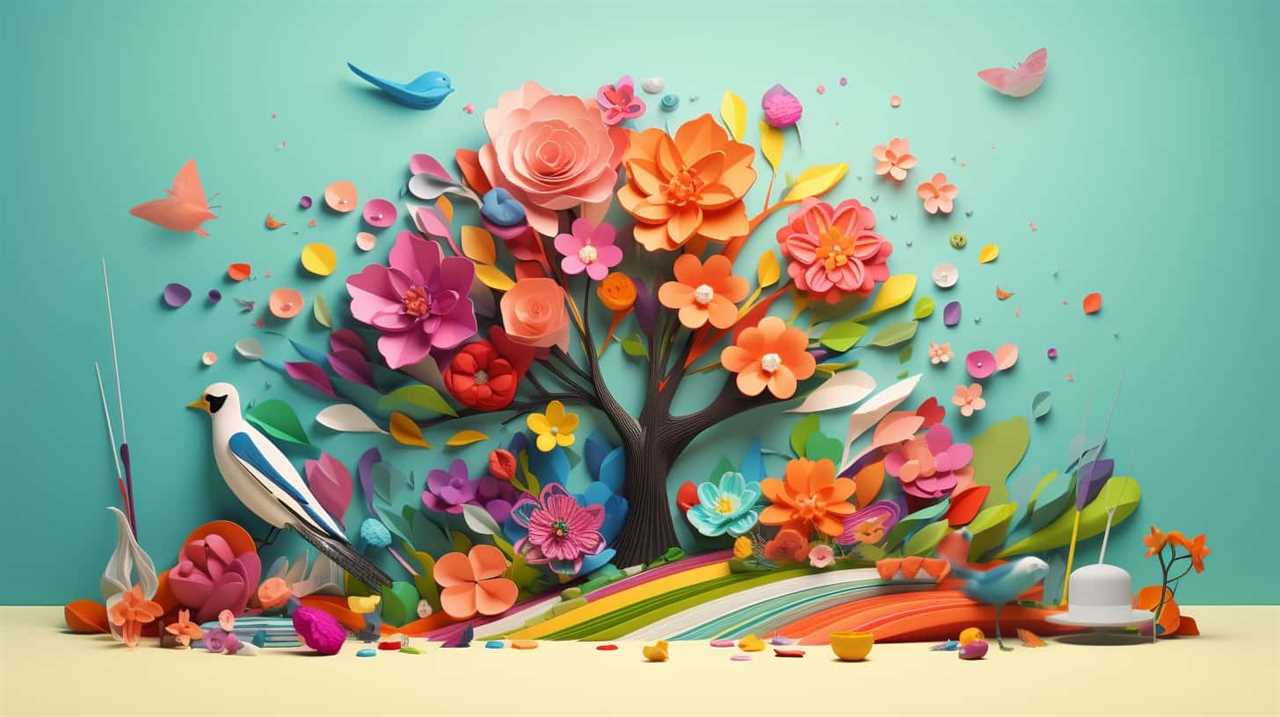
Ono emphasizes the impact of creative activism, highlighting its ability to spark conversations and ignite social movements. Through her own work, she’s demonstrated that art has the potential to transcend traditional political boundaries, allowing for a more inclusive and diverse representation of ideas.
Boundaries of Artistic Expression
Artistic freedom and its role in expressing political ideas are paramount to Yoko Ono’s perspective on the boundaries of artistic expression. As an artist and activist, Ono firmly believes in the freedom of expression as a fundamental right that should not be restricted by any external forces. She sees art as a powerful tool for political commentary and social change, with artists carrying a social responsibility to use their platforms to address important issues and challenge the status quo. However, the exercise of such freedom also raises ethical implications, as the impact of art on culture and public perception cannot be overlooked. The role of the artist extends beyond personal expression to artistic activism, where art becomes a means to promote democracy and challenge societal norms. By pushing artistic boundaries, artists like Ono contribute to a more liberated and inclusive society.
| Artistic Boundaries | Freedom of Expression | Censorship |
|---|---|---|
| Political Commentary | Social Responsibility | Ethical Implications |
| Cultural Impact | Role of the Artist | Public Perception |
| Artistic Activism | Art and Democracy |
Impact of Creative Activism
Through our creative activism, we aim to amplify the impact of artistic freedom and political expression within society. Creative activism serves as a powerful tool for individuals and communities to challenge the status quo, provoke thought, and inspire change.
It allows us to transcend conventional boundaries and engage with political issues in innovative and thought-provoking ways. By using art and creativity as a means of expression, we can reach a wider audience and evoke emotions that traditional political discourse often fails to achieve.
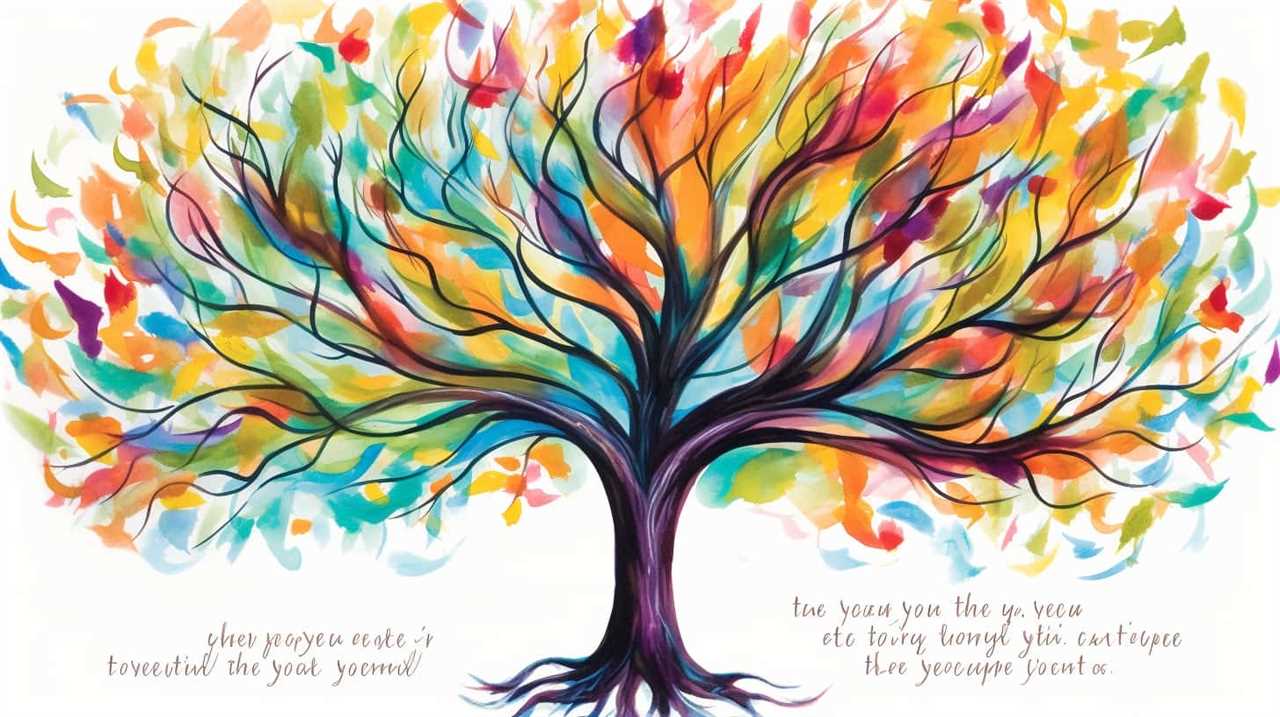
Creative activism has the potential to disrupt the established power structures, challenge oppressive systems, and give voice to marginalized communities. It empowers individuals to reclaim their agency and actively participate in shaping a more just and equitable society.
This form of activism can have a profound political influence, as it creates spaces for dialogue, fosters empathy, and encourages collective action. By embracing creative activism, we can harness the transformative power of art to challenge the status quo and strive for a more inclusive and liberated future.
JR on Using Art to Give a Voice to the Marginalized
JR’s perspective on using art to amplify the voices of marginalized communities is both profound and impactful. By creating large-scale installations that feature the faces and stories of individuals who are often overlooked or silenced, JR brings attention to their struggles and challenges societal norms.
Through his art, JR not only raises awareness but also empowers those who’ve been marginalized, giving them a platform to be seen and heard. This approach to art as activism underscores the transformative power of creativity and its ability to bring about social change.
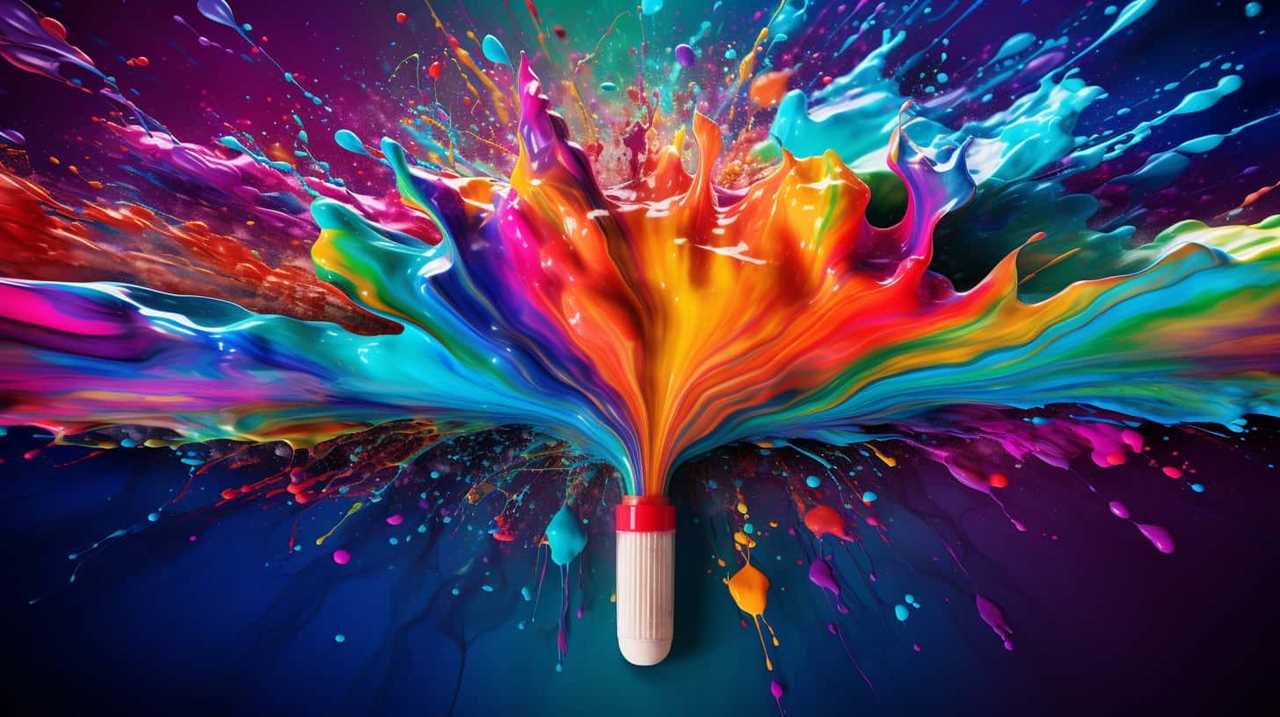
Art as Activism
We believe that using art as a means to give a voice to the marginalized is a powerful and transformative tool. Artistic expression has the ability to transcend language barriers and connect with people on a deeply emotional level. It allows individuals to express their experiences, struggles, and aspirations in a way that words alone can’t capture.
Through art, marginalized communities can reclaim their narratives and challenge the dominant narratives that perpetuate their marginalization. This form of activism fosters societal change by bringing awareness to the issues faced by these communities and challenging the status quo.
Art can provoke conversations, challenge social norms, and inspire empathy and understanding. By amplifying the voices of the marginalized, art has the power to ignite collective action and create lasting change.
Impact of Marginalized Voices
Using art to give a voice to the marginalized has a profound impact on igniting collective action and creating lasting change. It provides a platform for those whose voices have been historically marginalized and excluded from mainstream media and political representation. By amplifying their stories, experiences, and perspectives, art empowers marginalized communities and challenges the dominant narratives that perpetuate inequality and oppression.
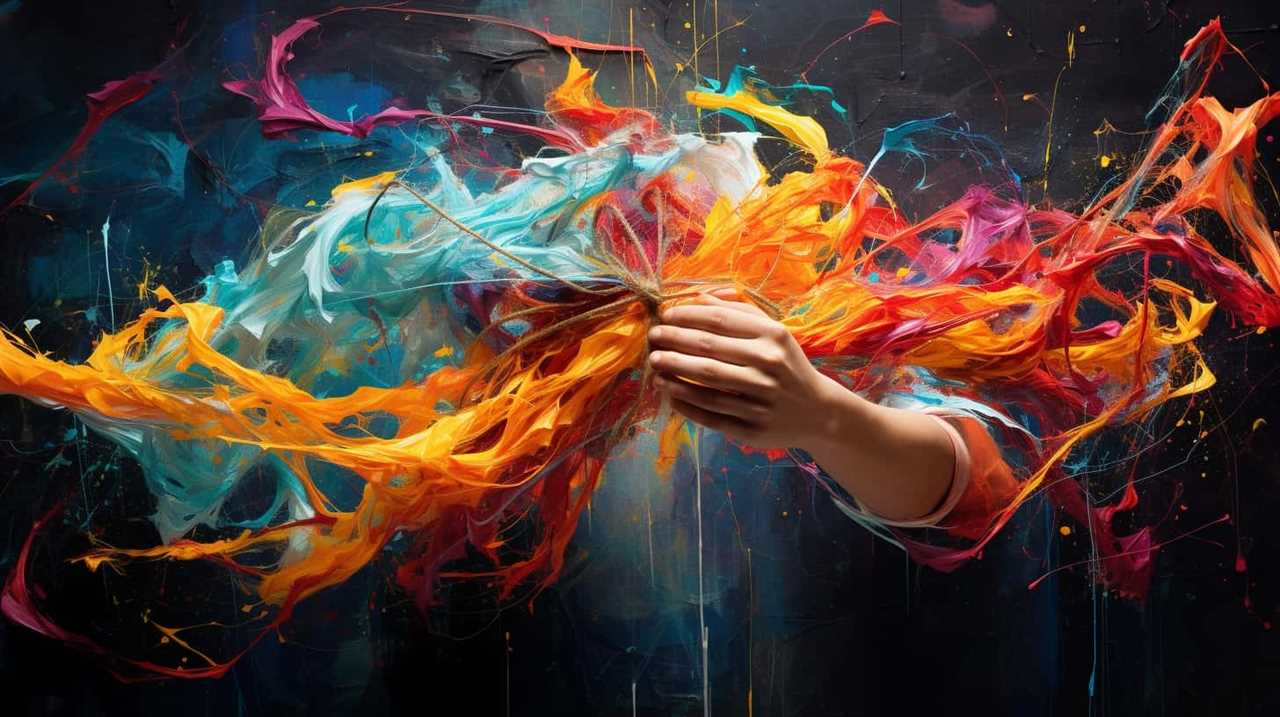
One example of an artist who uses their work to uplift marginalized voices is JR. Through his large-scale public art installations, JR brings attention to the stories of individuals who are often overlooked or forgotten. His projects, such as "Inside Out" and "The Wrinkles of the City," not only give a voice to the marginalized but also create a visual representation of their resilience and strength.
The table below highlights the impact of marginalized voices in media and political representation:
| Marginalized Voices in Media | Political Representation of Marginalized Communities |
|---|---|
| Challenges stereotypes and biases | Gives power and agency to marginalized communities |
| Provides alternative narratives | Influences policy-making and decision-making processes |
| Raises awareness and fosters empathy | Fosters inclusivity and diversity in governance |
| Sparks dialogue and critical thinking | Strengthens democracy and social justice |
| Inspires collective action and social movements | Brings about systemic change and equality |
Guerrilla Girls on Feminism and Political Art
The Guerrilla Girls revolutionized the art world by challenging societal norms and advocating for feminism through their thought-provoking and politically charged artwork. Their work not only brought attention to the inequalities faced by women in the art industry, but also sparked a larger conversation about the role of art in social change.
Feminism and Political Art:

- The Guerrilla Girls used art as a powerful tool to critique and challenge the male-dominated art world. Through their use of provocative images and texts, they exposed the sexism, racism, and inequality that persisted within the industry.
- By creating artworks that directly confronted institutions and individuals, the Guerrilla Girls highlighted the urgent need for change and pushed for greater representation and opportunities for women artists.
The Role of Art in Social Change:
- The Guerrilla Girls demonstrated that art has the potential to be a catalyst for social and political transformation. Their work not only raised awareness about the issues faced by women artists, but also inspired others to take action and demand equality.
- Through their activism, the Guerrilla Girls showed that art can be a powerful tool for challenging the status quo and advocating for marginalized voices. Their work continues to inspire artists and activists to use their creativity to effect change in society.
The Guerrilla Girls’ fearless approach to feminism and political art has left a lasting impact on the art world, challenging long-held beliefs and paving the way for greater inclusivity and representation. Their legacy serves as a reminder that art can be a force for liberation and social justice.
Kara Walker on Challenging Racial Injustice Through Art
Kara Walker’s work serves as a powerful example of art as a tool for racial activism. Through her use of visual representation, she challenges racial injustice and forces viewers to confront uncomfortable truths about the history and ongoing struggles of marginalized communities.
Walker’s art sparks important conversations and calls for change, making a significant impact in the fight against racial inequality.

Art as Racial Activism
As we explore the topic of art as racial activism, it’s important to consider how challenging racial injustice through art can be a powerful tool for promoting change. Art has the ability to shine a light on the deep-rooted racial inequalities that persist in our society and to provoke thought and discussion about these issues. Through their work, artists can challenge the status quo and inspire social change.
Art as a form of protest:
- Artists can use their platform to speak out against racial inequality and advocate for justice.
- Art can serve as a powerful visual representation of the experiences and struggles faced by marginalized communities.
Art as a catalyst for dialogue:
- Art has the potential to break down barriers and create spaces for open conversations about race and social justice.
- By engaging with art that addresses racial issues, individuals can gain a deeper understanding of the realities faced by people of color.
Impact of Visual Representation
By harnessing the power of visual representation, we can further explore the impact of art as a tool for challenging racial injustice and promoting social change.

In the fight against racial injustice, visual representation has played a significant role in protests and movements. From powerful images capturing the pain and resilience of marginalized communities to thought-provoking political cartoons challenging societal norms, visual representation has the ability to evoke emotions and spark conversations.
Artists like Kara Walker have used their creativity to shed light on racial inequality through their artwork. Walker’s iconic silhouette installations, depicting the history of slavery and its lasting impact, have been instrumental in raising awareness and fostering dialogue about racial injustice.
Similarly, political cartoons have the power to encapsulate complex issues in a single image, making them accessible and relatable to a wide audience.
Through these forms of visual representation, we can challenge the status quo, amplify marginalized voices, and ultimately pave the way for a more inclusive and just society.

Barbara Kruger on Art as a Tool for Political Critique
Artists like Barbara Kruger utilize art as a powerful tool for political critique, sparking conversations and challenging societal norms. Through her thought-provoking works, Kruger engages in the discourse of political and social issues, using art as a medium to convey powerful messages.
Here are some key points about the role of art in political discourse and its significance as social commentary:
- Art as social commentary:
- Kruger’s art acts as a mirror that reflects the injustices and power dynamics within society.
- Her bold and visually striking pieces force viewers to confront uncomfortable truths and question the status quo.
- Role of art in political discourse:
- Kruger’s art transcends traditional modes of communication, reaching a broader audience and inciting dialogue.
- By challenging conventional narratives and exposing hidden power structures, her work challenges viewers to critically analyze their surroundings.
Barbara Kruger’s art not only critiques political and social issues but also encourages viewers to actively participate in shaping a more just society. Her work serves as a catalyst for change, inspiring individuals to question the prevailing norms and strive for liberation.
Transitioning into the next section, we’ll explore the power of words in political art through the lens of Jenny Holzer.
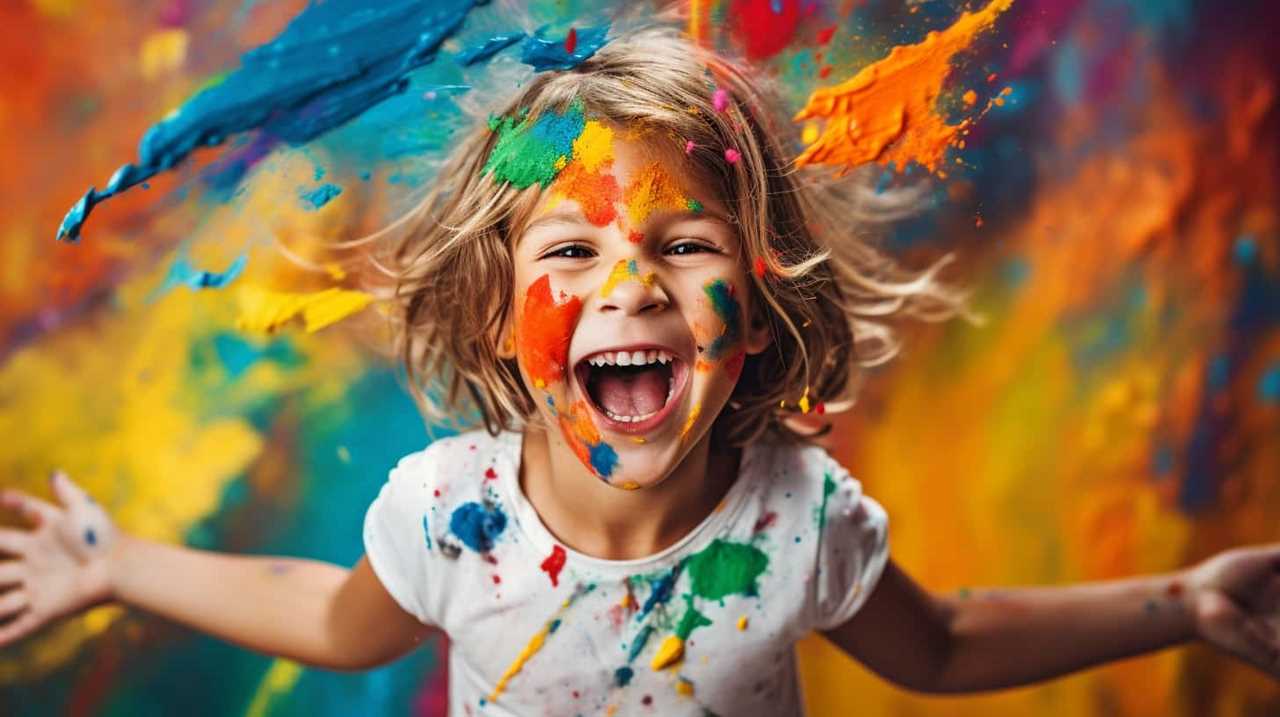
Jenny Holzer on the Power of Words in Political Art
How can words be harnessed as a powerful tool in political art? Words have an undeniable influence when it comes to political messaging, and Jenny Holzer is a master at utilizing this power. Holzer, an American conceptual artist, is renowned for her thought-provoking and socially conscious works that explore themes of power, gender, and politics. Through her use of language, she challenges the status quo and encourages viewers to question the prevailing narratives of society.
Holzer’s art often takes the form of large-scale installations, showcasing her words in public spaces. By presenting her messages in this way, she amplifies their impact, reaching a wide audience and sparking conversations about pressing political issues. Her texts are concise and poignant, cutting through the noise to deliver a clear message. Whether displayed on LED signs, billboards, or projections, her words demand attention and provoke contemplation.
Holzer’s work reminds us of the power that words hold in shaping our understanding and perception of political events. Through her art, she demonstrates that words can be a catalyst for change, challenging existing power structures and exposing the flaws in dominant ideologies. Her powerful influence lies in her ability to use language as a tool for resistance and liberation.
Transitioning to the next section about ‘ai-da on artificial intelligence and political commentary’, we can see a similar exploration of the relationship between art and politics. While Holzer employs words to convey her message, ai-da, an artificial intelligence artist, takes a different approach by utilizing technology.
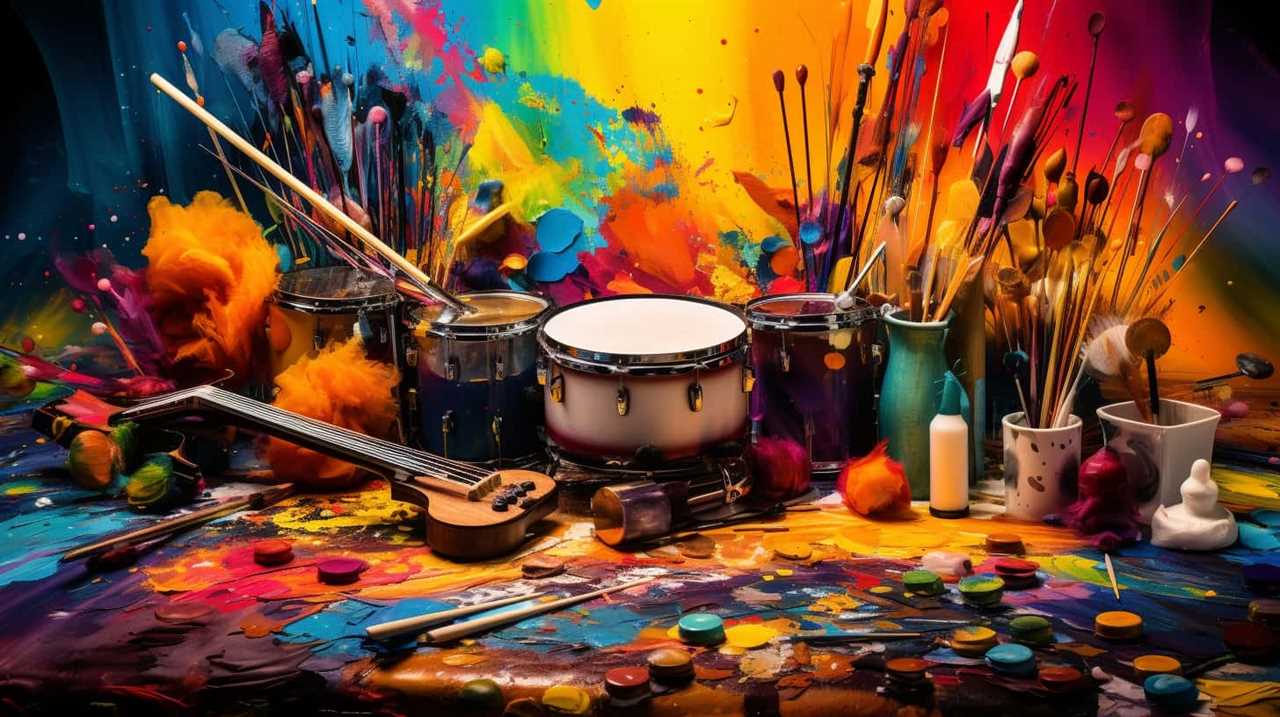
Ai-Da on Artificial Intelligence and Political Commentary
Transitioning from Jenny Holzer’s exploration of the power of words in political art, we now turn our attention to Ai-Da and her unique perspective on artificial intelligence and political commentary.
Ai-Da, an AI humanoid artist, raises important questions about the impact of artificial intelligence on political discourse and the ethical considerations involved in using AI for political commentary.
- Artificial intelligence’s impact on political discourse:
- Ai-Da’s existence challenges traditional notions of political commentary by introducing a non-human entity into the conversation.
- With the ability to process vast amounts of data and analyze patterns, AI has the potential to provide new insights into political issues.
- Ethical considerations in using AI for political commentary:
- The use of AI for political commentary raises concerns about bias, transparency, and accountability.
- AI algorithms can inadvertently perpetuate existing biases, leading to skewed perspectives and reinforcing inequality.
- It’s crucial to establish clear guidelines and regulations to ensure the responsible use of AI in political discourse.
As we navigate the intersection of AI and political commentary, it’s essential to strike a balance between harnessing the benefits of AI’s analytical capabilities and addressing the ethical implications it presents.
Banksy on Art as a Provocative Political Statement
Exploring the power of art as a provocative political statement, Banksy challenges societal norms and sparks critical conversations.
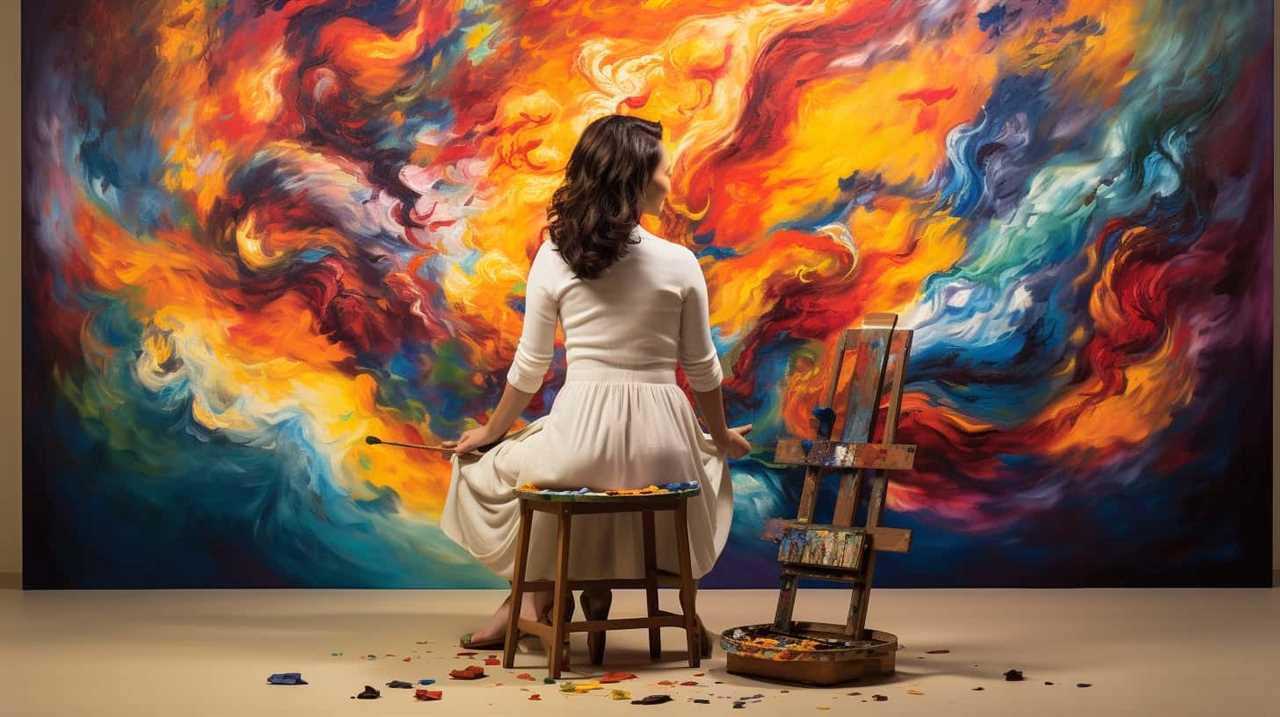
Banksy, known for their anonymity, has made a significant impact on the art world and beyond. By remaining anonymous, Banksy avoids the distraction of fame and directs attention to the messages within the artwork itself. This anonymity allows the focus to be on the political and social issues that Banksy addresses, rather than on the artist’s personal identity.
The influence of Banksy in the art world is undeniable, with their thought-provoking and often controversial pieces attracting widespread attention. Banksy’s art serves as a means of communication, highlighting injustices and inequalities that are often overlooked or ignored. Through their use of stencils and public spaces, Banksy brings political issues to the forefront, forcing viewers to confront uncomfortable truths.
Frequently Asked Questions
What Is the Background and Influence of Banksy on Political Activism?
Banksy’s impact on street art and his anonymity have greatly influenced his political activism. By using provocative and thought-provoking imagery, he challenges societal norms and power structures, inspiring a desire for liberation.
How Does Ai Weiwei View Art as a Political Weapon?
How does Ai Weiwei view art as a political weapon? Through his perspective, art becomes a powerful tool for activism, challenging systems of power and amplifying marginalized voices. Can art truly ignite change?

What Are Shepard Fairey’s Thoughts on the Relationship Between Art and Social Change?
Shepard Fairey believes in the power of art as activism and its impact on social change. His thoughts on the relationship between art and social change are thought-provoking and insightful.
How Does Yoko Ono Express Her Artistic Freedom and Political Views?
Yoko Ono expresses her artistic freedom and political views through performance art and multimedia installations. She advocates for peace and feminism, using her platform to raise awareness and inspire change.
In What Ways Does JR Use Art to Give a Voice to Marginalized Communities?
Artistic empowerment is achieved by using art to amplify marginalized voices. JR’s work is a powerful example of this, as he creates large-scale portraits of individuals from marginalized communities, giving them a voice and a platform for their stories.
How Do Political Quotes from Voices of Change Inspire Modern Artists?
Political quotes from voices of change have long inspired modern artists and political commentary. These powerful words provide a source of motivation for artists to create thought-provoking pieces that reflect the social and political issues of our time. The impact of these quotes can be seen in the powerful works of modern artists.
Conclusion
In conclusion, these stirring political quotes from various artists shed light on the power of art as a tool for political activism and social change.

Through their unique perspectives and mediums, these individuals have used their voices to challenge the status quo and bring attention to marginalized communities.
Their words serve as a reminder that art has the ability to provoke thought, inspire action, and ignite conversations that can ultimately lead to a more inclusive and just society.
As Banksy once said, ‘Art should comfort the disturbed and disturb the comfortable.’
Lauren’s talent in writing is matched by her passion for storytelling. Her love for books and deep understanding of culture and entertainment add a distinct flavor to her work. As our media and press contact, Lauren skillfully bridges the gap between afterQuotes and the broader media landscape, bringing our message to a wider audience.
